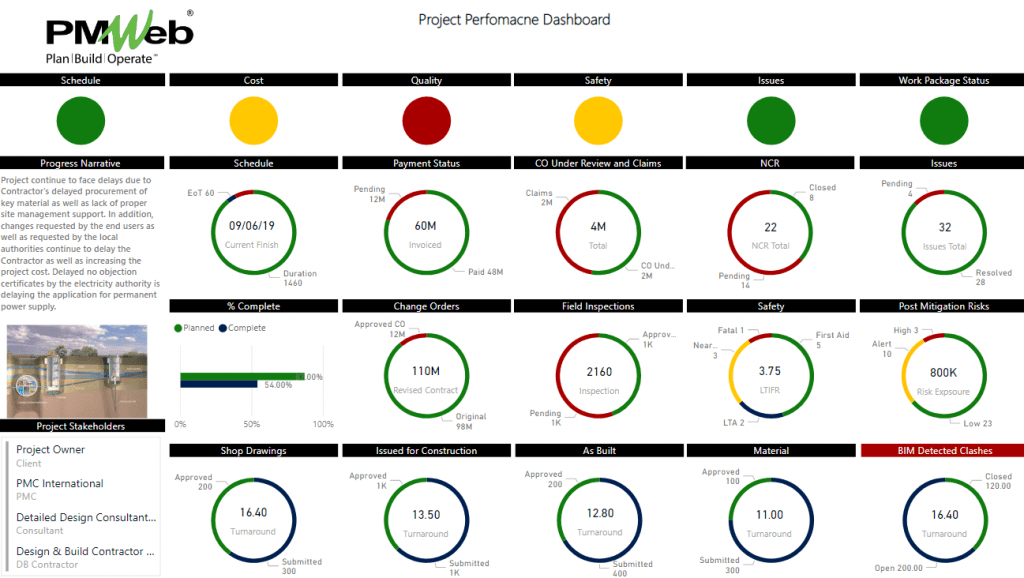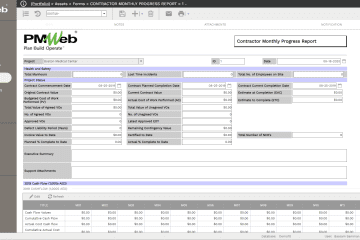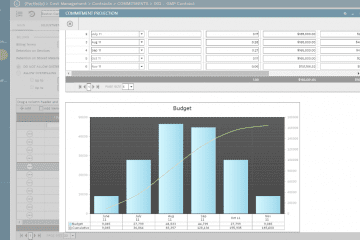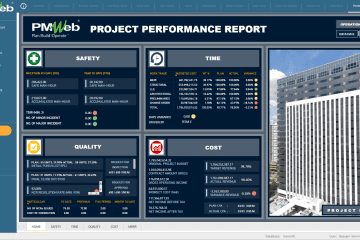One of the key benefits of having a federated BIM model is that clashes between the different building systems or disciplines can be easily detected making it much quicker to resolve those issues before they impact construction site activities. Mainly, there are two types of clashes, hard clashes, and soft clashes. Hard clashes are the result of two objects intersecting each other or taking up the same space. For example, this could be a steel bar in a wall out of concrete or a column that is not properly embedded in the wall. On the other hand, a soft clash emerges when an element isn’t provided with the required geometric or spatial tolerance, or a buffer zone is contravened. One example is where a boiler for a central heating system may require a certain amount of space for safety or even maintenance reasons.
Dedicated BIM software applications like Bexel Manager will detect clashes when the different BIM discipline models are imported to be integrated to create the federated BIM model. Bexel Manager allows selecting the rules to select which building disciplines to run the clash detection analysis on with the option to import clash coordination matrix and rules for establishing coordination priorities. In general, the coordination matrix helps to organize BIM clashes detection and ensures that major elements are addressed before the minor.
There are different options to share the Clash Analysis Report, nevertheless, the one that can best serve the objective of having the clash detection report as an integral part of the overall project performance reporting is the option of having the report produced in MS Power BI format. Of course, there is also the option of using Bexel Manager API to create an integration with the Project Management Information System (PMIS) if it supports API integration like PMWeb. This will enable importing, managing, and reporting the detected clashes using PMWeb.
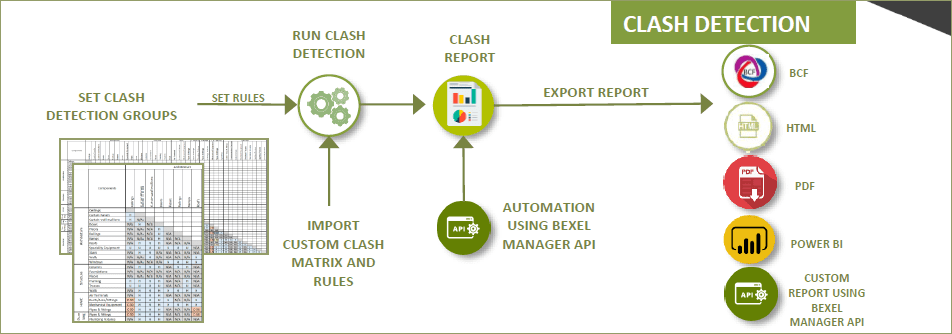
The Bexel Manager clash detection MS Power BI report can be published and become one of the many other reports that can be displayed within PMWeb. In addition, it is possible to associate PMWeb data tables with the Bexel Manager clashes data table. For this to happen, common data fields should exist between PMWeb and Bexel Manager. Those could include project, floor, building discipline, responsibility among others.

Using MS Power BI, the clash detection report can summarize the reported clashes by type (hard or soft), priority, category, location among others. Different visuals such as pie-chart, bar charts, histograms, treemap among others can be used to summarize the clash detection information.
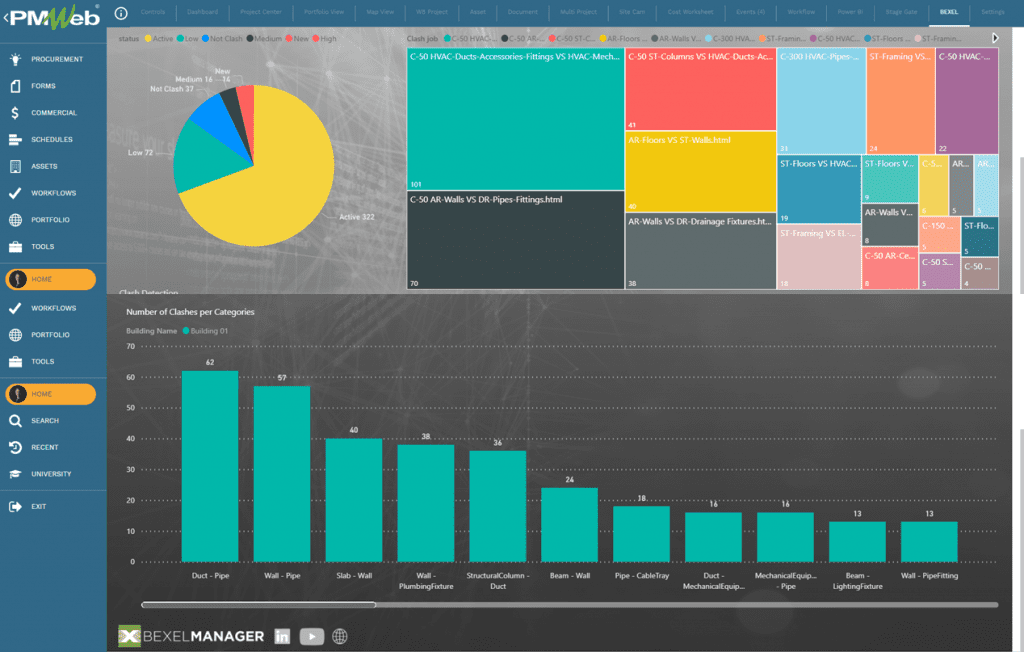
Of course, the MS Power BI report will also have a register of all clashes that will include details of each detected clash with the option to view a snapshot of the clash when a specific clash is selected. The grouping visuals will also filter the reported clashes in the table depending on what category was selected on the visual.

The clash detection data captured in the MS Power BI report can be also used in the overall project performance dashboard as well as the projects’ portfolio dashboard. The project dashboard will include visual to display the total number of closed and open BIM clashes detected to date. There is also the option of splitting the value for closed and open detected clashes into hard and soft clashes. Nevertheless, what will be of great interest to the project management team is to view the average turnaround time for closing detected clashes. The project dashboard can be designed to allow the dashboard reader to drill down to the project clash detection report explained above to view details of the reported clash detections.
